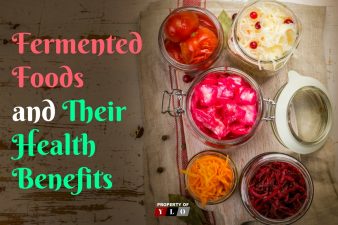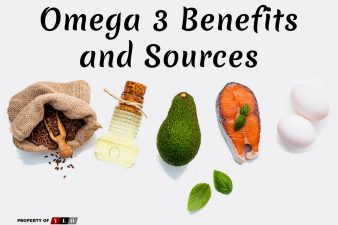Is Juicing good for you? More so than eating the raw vegetables and fruits? Since juicing is a process where one extracts the juice from the fresh fruits and vegetables, it would be equally as good. The only extra benefit might be that it allows you to consume more of the fruits and vegetables.
The liquid is rich in minerals, vitamins and other chemicals found in the fruit. It is often difficult to eat whole fruits and vegetables that have a bitter or bad taste.
The nutrients that are found in the fresh juice make juicing good for you and can protect you from numerous diseases. This would include cancer, cardiovascular diseases, and rheumatoid arthritis.
There are also compounds that are very valuable found in fruits and vegetables. These compounds are anthocyanin and flavonoids that guard against cellular damage that pollution and exposure to chemicals cause in the body.
The central reason for juicing is that your body is assisted in the digestive work of breaking down the food to extract nutrients. In addition, these nutrients are directly absorbed in the bloodstream.
Therefore, that one sip is rich in minerals, vitamins, antioxidants and other substances that are contained in fruits and vegetables. Some of the best fruits and vegetable for juicing include apples, cabbages, carrots, papaya, tomatoes, broccoli, berries, and sweet potatoes just to mention a few.
Juicing is a simple task and all that is required of you is a piece of equipment or a machine that will turn raw vegetables and fruits to liquid. Juicing machines are relatively cheap as you can get one from as low as $30.
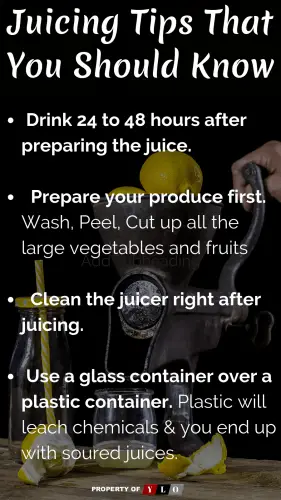
What is Blending?
Is juicing good for you more so than blending? Do you know there is a difference between juicing and blending?
The first difference between the two is that in juicing, you extract juice from moisture rich vegetables and fruit. In blending you liquefy fruits and vegetables with low water content like bananas and avocados.
Secondly, there are no fibers present during juicing as compared to blending. During juicing, you separate the juice from the fiber or pulp and as the result what you get is smooth pure juice. In blending, you chop up vegetables and fruit with blades and the result is a smoothie.
Many people who have little time to eat consider smoothies. This is because after you chop whole vegetables and fruits in a blender in less than 5 minutes, you have your food in a glass.
Blending generally is for fresh vegetables and fruits and the resulting smoothies are the complete peeled vegetables and fruits. In juicing the fiber is totally separated from the finished juice.
It is easier to digest fruits and vegetables that are blended, this is because the fiber is broken down during blending. Blending also ensures that more nutrients are present in the bloodstream from these fruits and vegetables.
Juicing and blending have a similarity in that you can consume more fruits and vegetables than you would if you were eating them.
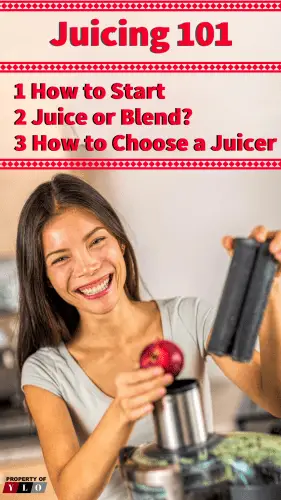
What is the Best Option Between Juicing and Blending?
This is a very difficult question for anyone to answer. Both of the processes involve introducing nutrients into the bloodstream. Therefore, why would anyone decide to primarily use one method and overlook the other?
In fact, one should incorporate both in their routines for a healthier and happier body. You can take juices in the morning and take smoothies during the day or in the evening.
That would be a way where you would not miss any nutrients from the fruits and vegetables. In addition, if you are recovering from an illness or a disease and want to introduce food to your body, juices and smoothies will help you.
The Health Benefits of Juicing
1. Absorption of More Nutrients in the Body
How many pounds of vegetables you can consume in a day? The answer is simple very few. Therefore, juicing allows you to consume more of these vegetables because you are drinking them rather than eating them. Through juicing, your gut does not have excessive work of digesting the nutrients.
2. Consumption of a Wide Range of Fruits and Vegetable
Through juicing, you can consume a wide range of vegetables in a day, in a week and therefore giving your body more nutrients. Some vegetables are very bitter to eat but it is very easy to drink.
3. Helps Fight Cancer
Although it is not actually proven that juicing helps cure cancer, it does assist cancer patients during chemotherapy. This will help them absorb nutrients directly into their bloodstream easily. By eating more vegetables and fruits, you arm your body nutrients that will help fight cancer cells this alone is enough to consider juicing good for you.
4. Helps to Lower Levels of Cholesterol
To ensure that you have low cholesterol levels, you have to ensure that you avoid saturated fat. You are able to eat more vegetables that assist lower levels of cholesterol. These vegetables include cucumber, celery, ginger, bitter melon, lemon and capsicum to name but a few.
5. Helps Your Skin Get Better
Through juicing, our body gets all the nutrients that it requires and this will result in better skin. The body organ absorbs the nutrients that cleanse, repair, heal and nourish cellular levels. The result is a glowing and healthy face.
6. Helps in Lowering Blood Sugar Levels
There has been an increase in fast food joints in the world. This has resulted in too many people consuming these sweet and fat-rich foods.
This has led to cholesterol-related diseases and illness which include diabetes and obesity. These fast food shortcuts are not healthy.
There are fruits and vegetables that help lower blood sugar levels; they include ginger, onions, spinach, celery, broccoli and some acidic fruits like lemons. All the above fruits and vegetables can be served as juices.
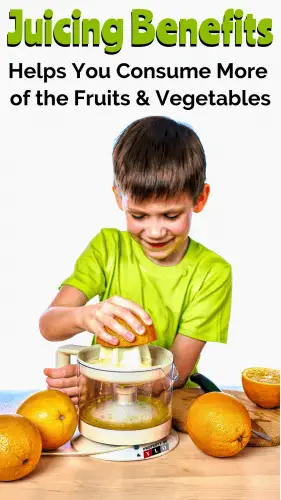
Factors to consider when choosing the best juicers
There are so many factors that you should consider when purchasing a juicer. Listed here are some of the factors that you should look into before deciding on the best one for you.
1. Your Budget
Although juicing is a long-term investment, you should not spend a lot of money on a juicer. Therefore, it is not advisable to go for the most expensive; this is because it is possible to upgrade your cheaper juicer over time.
2. Routine Clean Up
If you want a juicer that you will be using often, then it is better to get one that will be easy to clean and maintain. This will ensure that there are no bacteria left on the juicer that may cause diseases and illnesses.
3. The Available Space
It is highly recommended to get a juicer that will occupy the minimum space in your house. Therefore, when purchasing a juicer, consider the available space in your home.
4. Time Available For Juicing in a Day
There are so many types of juicers according to how fast they can make juices. Examples of the best juicers are the hydraulic press juice extractors that are reliable, but at the same time very expensive. Others include single gear, centrifugal and twin gear juicers that are relatively cheaper.
Steps To Take Before You Actually Start Juicing
1. Read the Instructions Carefully
Since a juicer is an investment, it is always necessary to read the instructions carefully and understand them. All juicers come with a manual that will assist you in setting up the juicer and its functions. This way you will be able to maximize the juicer.
2. Disassembling and Assembling of the Juicer
It is also a good thing that you can go through the manual and be in a position to assemble and disassemble the juicer by yourself at ease. This way it will be easier for you to clean the juicer appropriately.
3. Buy the Fruits and Vegetables for Juicing
Once you are certain that you have carefully read through the instructions and that you can operate the juicer, you can now go purchase the vegetables and the fruits. It is advisable to buy the freshest fruits or vegetables in the market. This is because the fresher they are, the more the nutrients available.
4. Prepare the Fruits and Vegetables for Juicing
At this final stage, you can start by washing all the fruits and vegetables, peel those that need peeling and cut large fruits and vegetables into smaller pieces that will fit in the juicer. You can also start the juicing process and the result will be a nutrient-filled juice that you can comfortably enjoy.
5. Store the Juice in the Fridge
It is often not possible not to completely finish all the juices; therefore, it is advisable to buy an airtight jar to store the leftover in the refrigerator. By storing the juice in the fridge, the nutrients are retained and it is better to drink your juice within 24 to 48 hours after you prepare the juice.
Juicing Tips That You Should Know
• Drink 24 to 48 hours after preparing the juice before it loses the nutrients
• Prepare your produce first. It is advisable to wash all the vegetables first, peel those that require peeling and cut all the large vegetables and fruits into smaller pieces that will fit comfortably in the juicer
• Clean the juicer immediately after juicing as this will ensure the juicer remains free of bacteria
• It’s also recommended using a glass container as compared to a plastic container that will leach chemicals and thus result in a not so refreshing juice
Important “Dont’s” During Juicing
• Do not juice the carrot greens. It contains a toxic substance that is dangerous to the body
• It is also not recommended to juice mushy fruits. Bananas are an example of mushy fruit.
• Its easier to juice 2 or 3 fruits and vegetables as compared to many. Mixing more than three products will result in a bad tasting juice
• Juice one piece of fruit or vegetable at a time. Do not overtax the juicer. You want to prevent the juicer from breaking down. Juicing requires patience in order to get a fine juice
In conclusion, the above article has gone a long way of trying to determine the benefits of juicing. Explain the difference between blending and juicing and how to find the best juicers in the market. Reading through the above article carefully should be of great help.
A helpful article by WebMD: Juicing for Health and Weight Loss


